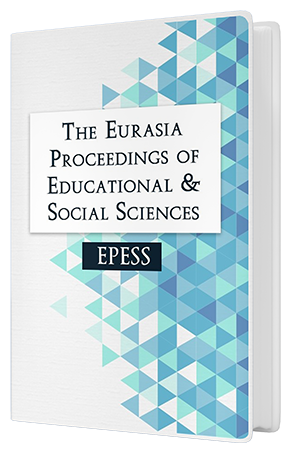Safeguarding Built Heritage: Economic and Financial Aspects
DOI:
https://doi.org/10.55549/epess.1179700Keywords:
Financing sources, Taxation, Financing schemes, Project, LegislationAbstract
The architectural heritage is one of the structural elements of the nation with an enormous energy potential for spiritual development and national consciousness in the multitude of nations, and ethnic groups in the world; as well as an anchor in the wave of change generated by the globalization process. A major impediment to safeguarding the pact is the lack of financial means. The protection and maintenance of architectural monuments were and are expensive. In this research, the authors set out to examine the experience of different countries on how to finance rehabilitation, restoration, conservation, maintenance and/or revitalization of built heritage. Economic aspects of heritage safeguarding applied in the Netherlands, Romania, Russia, Turkey, the USA are examined. Economic and financial measures for safeguarding heritage are identified at the country, municipality (locality) and object level. The state of the existing built heritage in the municipality is analyzed. Chisinau, the capital of the Republic of Moldova, has the economic situation and the existing potential within the current legal framework. The correlation between the state of the object, the type of intervention required and the potential, sources, and financing modalities are highlighted. The opportunities and impediments to the implementation of economic and financial measures to safeguard the heritage in the conditions of the Republic of Moldova are assessed.Downloads
Published
Issue
Section
License
Copyright (c) 2022 The Eurasia Proceedings of Educational and Social Sciences

This work is licensed under a Creative Commons Attribution-NonCommercial-ShareAlike 4.0 International License.
The articles may be used for research, teaching, and private study purposes. Any substantial or systematic reproduction, redistribution, reselling, loan, sub-licensing, systematic supply, or distribution in any form to anyone is expressly forbidden. Authors alone are responsible for the contents of their articles. The journal owns the copyright of the articles. The publisher shall not be liable for any loss, actions, claims, proceedings, demand, or costs or damages whatsoever or howsoever caused arising directly or indirectly in connection with or arising out of the use of the research material. All authors are requested to disclose any actual or potential conflict of interest including any financial, personal or other relationships with other people or organizations regarding the submitted work.




